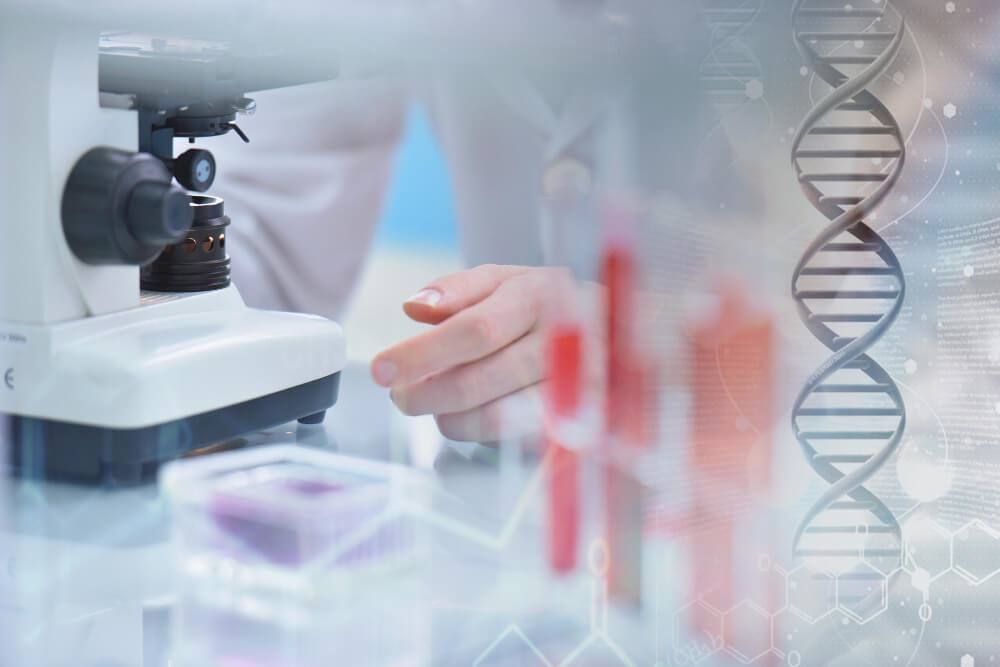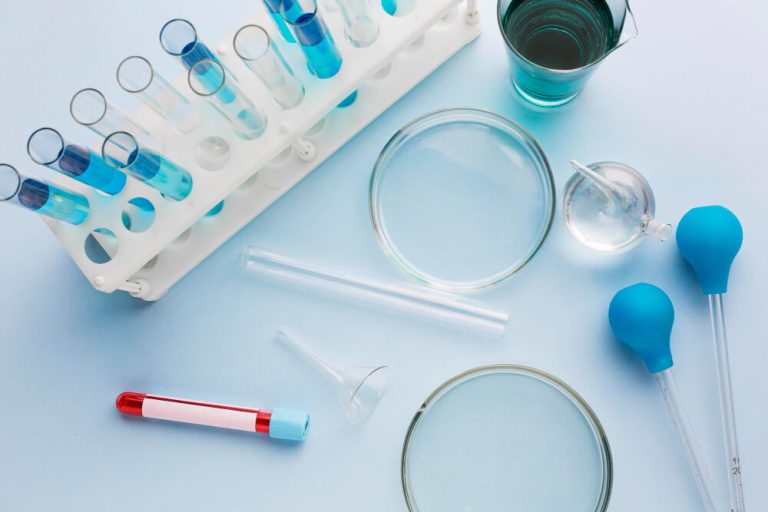What Is a Longevity Clinic and How Can It Redefine Your Health?
For most of modern history, medicine has operated on a simple principle: you get sick, you see a doctor, you get treated. This reactive model has saved countless lives and remains the bedrock of emergency care. But what if we could shift the focus from treating illness to proactively cultivating wellness? What if we could aim not just to live longer, but to live better for longer? This is the revolutionary promise of the modern longevity clinic.
At its core, a longevity clinic is a specialized healthcare facility dedicated to extending a person’s healthspan, which is the period of life spent in good health, free from chronic disease and disability. It moves beyond the conventional approach by using advanced diagnostics, personalized data, and proactive interventions to slow the biological aging process. Instead of waiting for symptoms to appear, these clinics seek to understand your unique biology and address the root causes of age-related decline before they take hold.
The philosophy is a fundamental paradigm shift. It views aging not as an inevitable decline but as a modifiable process. By leveraging cutting-edge science and a deeply personalized strategy, these clinics aim to help you maintain your physical vitality, cognitive sharpness, and overall quality of life for as long as possible. It is the ultimate expression of preventive medicine in the 21st century.

What Makes a Longevity Clinic Different From a Regular Doctor’s Office?
The primary distinction lies in the approach: proactive versus reactive. Your family doctor is an expert in diagnosing and treating existing conditions. They manage diseases like diabetes, high blood pressure, and high cholesterol once they are present. A longevity clinic, on the other hand, aims to prevent these conditions from ever developing in the first place.
This proactive stance begins with an incredibly deep level of data collection. While a standard physical might involve a basic blood panel, a longevity workup is far more comprehensive. It can include whole genome sequencing, extensive biomarker analysis covering hundreds of data points, advanced body composition scans, cardiovascular fitness testing, and detailed assessments of your lifestyle, nutrition, and sleep patterns.
The goal is entirely different. A conventional doctor works to keep you within a ‘normal’ range, which is often based on an average of a generally unhealthy population. A longevity physician works to get you to an ‘optimal’ range, based on what the science shows is ideal for long-term health and disease prevention. It’s the difference between not being sick and being truly, vibrantly well.
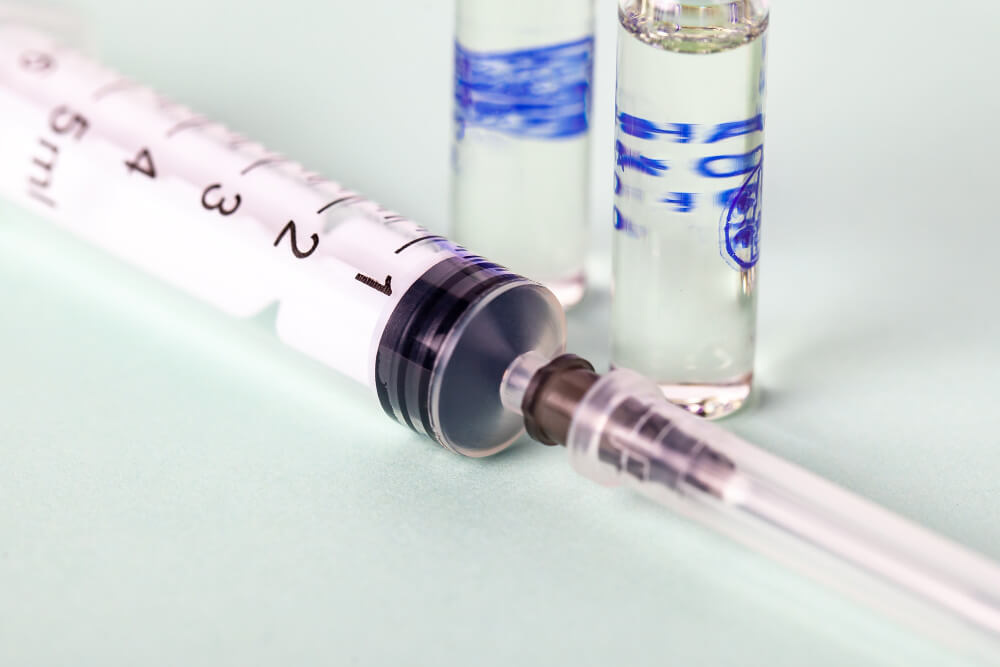
What Kind of Science Is Behind Longevity Medicine?
Longevity medicine is not science fiction; it is grounded in a rapidly advancing field called geroscience. Geroscience operates on the hypothesis that by targeting the fundamental biological processes of aging, we can delay, prevent, or mitigate a wide range of chronic diseases simultaneously. Instead of playing ‘whack-a-mole’ with individual conditions like heart disease, cancer, and dementia, we can address their common root cause.
Scientists have identified several key biological processes, often called the ‘Hallmarks of Aging’. These include things like genomic instability, telomere attrition (the shortening of protective caps on our chromosomes), mitochondrial dysfunction (the breakdown of our cellular power plants), and cellular senescence (the accumulation of ‘zombie’ cells that promote inflammation). A longevity clinic’s entire diagnostic and therapeutic framework is built around assessing and intervening in these core processes.
This field is propelled by dedicated research from world-class institutions. For example, the work done at the Buck Institute for Research on Aging is foundational to understanding the mechanisms of aging and developing interventions to counteract them. The insights from these research centers are what translate into the practical protocols used in a clinical setting to help patients improve their healthspan.

What Can You Expect During Your First Visit?
Your journey at a longevity clinic typically begins with a comprehensive and lengthy intake process that goes far beyond a standard medical questionnaire. The initial phase is all about data acquisition. You should expect an in-depth consultation with a physician who specializes in age management, where you will discuss your personal health goals, family history, and every aspect of your current lifestyle.
Following this, you will undergo a battery of tests. This is the cornerstone of the personalized approach. Blood will be drawn for extensive biomarker analysis, looking at everything from advanced cholesterol particles and inflammatory markers to hormone levels and micronutrient status. You might provide saliva or a cheek swab for genetic testing to identify predispositions and how your body processes certain nutrients or medications.
Physical assessments are also key. This could include a DEXA scan to precisely measure body fat, muscle mass, and bone density. A VO2 max test might be used to determine your cardiorespiratory fitness, a powerful predictor of longevity. Other tests could assess your grip strength, cognitive function, and even the flexibility of your arteries. The goal is to create a complete, high-resolution snapshot of your current biological state.

How Is a Personalized Longevity Plan Created?
Once all your data has been collected, the real work begins. The clinical team, which may include physicians, scientists, and data analysts, synthesizes this vast amount of information to build a profile of your unique biology. They identify your specific risks, strengths, and areas for optimization. This is where the practice moves from general advice to a truly bespoke strategy.
The creation of your health roadmap is a perfect example of how to build a personalised medicine practice model. It rejects one-size-fits-all solutions. Your genetic report might show you have a poor ability to process B vitamins, so your plan will include a specific, methylated form of that supplement. Your blood work might show elevated inflammation, leading to a nutritional plan rich in anti-inflammatory foods and omega-3s. Your VO2 max might be low, resulting in a very specific prescription for aerobic exercise.
This personalized plan is your blueprint for a healthier future. It is not a list of vague suggestions like ‘eat better’ or ‘exercise more’. It is a detailed, actionable protocol that outlines precise nutritional guidelines, a structured exercise regimen, a targeted supplement list, and strategies for improving sleep and managing stress, all tailored specifically to you.
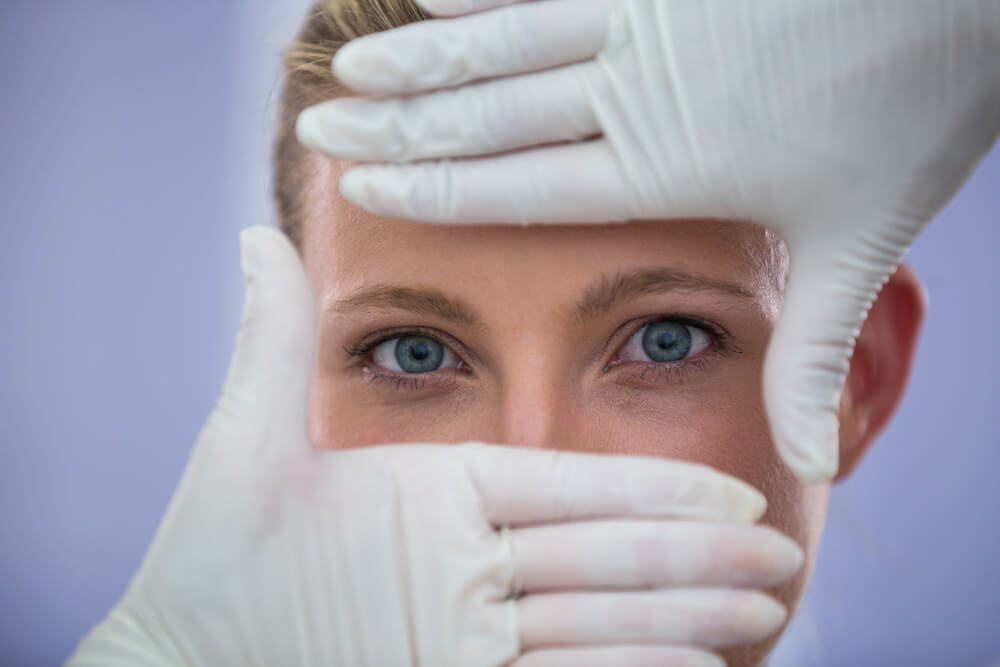
What Are the Key Interventions Offered?
The interventions prescribed by a longevity clinic are multifaceted, typically revolving around the foundational pillars of health: nutrition, exercise, sleep, and emotional wellbeing. However, they are applied with a level of precision and detail that is unique to the field.

Can Diet and Supplements Really Slow Aging?
Nutrition is a cornerstone of any longevity protocol, but the approach is highly individualized. Based on your biomarkers and goals, your plan might incorporate elements of caloric restriction, intermittent fasting, or specific dietary patterns like the Mediterranean or Nordic diets. The focus is on nutrient density, blood sugar regulation, and reducing inflammation.
Supplementation is equally precise. It is not about taking a generic multivitamin. Instead, it is about targeted repletion of identified deficiencies and the strategic use of compounds that may support healthy aging. This could include supplements like Vitamin D, magnesium, or omega-3 fatty acids if you are deficient. It might also include more specialized compounds like NAD+ precursors to support mitochondrial health, or physician-prescribed medications like metformin or rapamycin, which are being studied for their potential pro-longevity effects.

How Important Is Exercise in a Longevity Protocol?
Exercise is non-negotiable for a long and healthy life, and longevity clinics treat it as a form of medicine to be prescribed with precision. The goal is to build and maintain muscle mass, improve cardiovascular fitness, and enhance stability to prevent injury. Many clinics adopt a framework popularized by leading longevity physicians like Peter Attia, focusing on four key types of exercise.
Your personalized plan will likely include a mix of strength training for muscle and bone health, aerobic exercise in zones 2 and 5 for mitochondrial efficiency and peak fitness, and stability or mobility work to ensure functional movement as you age. The clinic will give you specific targets for frequency, duration, and intensity, turning a general recommendation into a concrete, trackable plan.

What About Advanced Therapies and Treatments?
Beyond lifestyle modifications, many longevity clinics offer more advanced interventions. Hormone optimization is a common component. As we age, levels of key hormones like testosterone, estrogen, and thyroid hormone can decline. A clinic will test these levels and may prescribe bioidentical hormone replacement therapy (BHRT) to restore them to a more youthful, optimal range, improving energy, body composition, and vitality.
Other therapies might include peptide treatments, which are short chains of amino acids that can act as signaling molecules in the body to promote healing, reduce inflammation, or improve metabolic function. Some clinics, like the well-established Cenegenics, have built their programs around a combination of hormone optimization and personalized lifestyle coaching. In some cases, regenerative treatments like platelet-rich plasma (PRP) may also be used to address specific musculoskeletal issues.

How Is Progress Measured and Tracked?
A key concept in longevity medicine is the difference between your chronological age (the number of birthdays you’ve had) and your biological age (how old your body appears at a cellular and molecular level). A major goal of any protocol is to lower your biological age or at least slow its rate of increase. This provides a tangible metric for success.
Progress is not based on feelings alone; it is rigorously tracked with data. Clinics use various methods to estimate biological age, including DNA methylation tests. These tests analyze epigenetic patterns on your DNA to provide a biological age score. Companies like Tally Health offer such tests, giving you a baseline and a way to measure the impact of your interventions over time.
You will have regular follow-up appointments, typically every three to six months, to repeat key blood tests and physical assessments. This allows the clinical team to see what is working and what is not. Is your inflammation down? Has your cardiovascular fitness improved? Is your body composition changing? This feedback loop of testing, intervening, and re-testing is critical for refining your plan and ensuring you are on the right track.
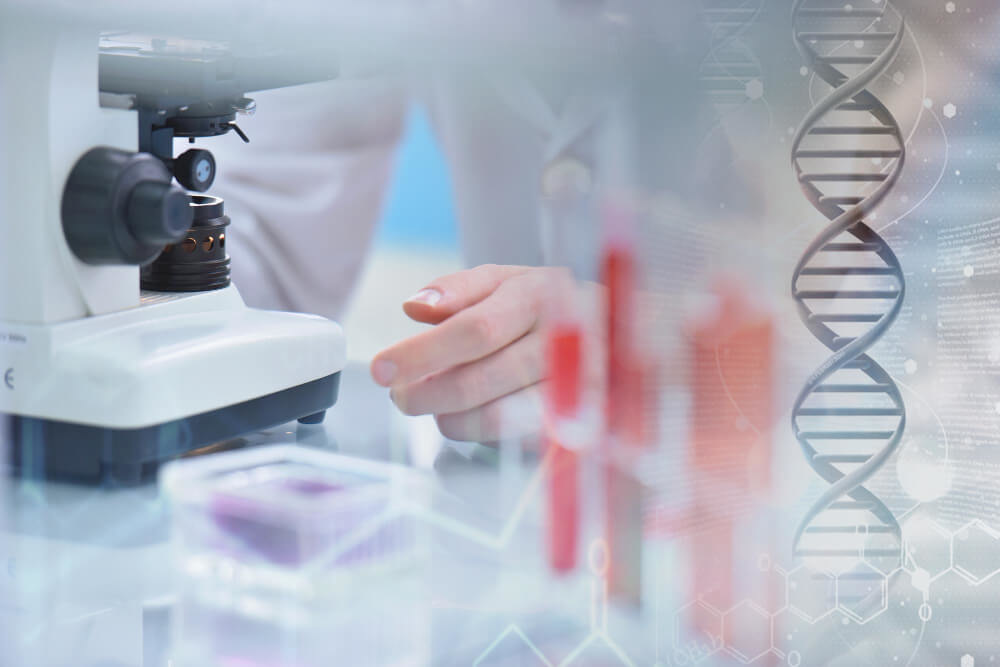
What Role Does Technology Play in a Modern Longevity Clinic?
Technology is the engine that powers the modern longevity clinic. It is what enables the collection, analysis, and management of the massive datasets required for true personalization. Wearable devices like the Oura Ring, WHOOP strap, or continuous glucose monitors (CGMs) are often integrated into protocols. These provide real-time, 24/7 data on sleep quality, recovery, activity levels, and blood sugar response, offering invaluable insights for both you and your clinical team.
Behind the scenes, the clinic’s infrastructure is just as important. A sophisticated technology stack, including an EMR and patient portal, is essential for managing patient data securely and efficiently. This technology allows doctors to track hundreds of biomarkers over time, visualize trends, and communicate seamlessly with patients, making the entire process more effective and engaging.

Who Makes Up the Team at a Longevity Clinic?
Achieving optimal health is a team sport, and a good longevity clinic assembles a multidisciplinary group of experts to support you. The team is typically led by a physician with specialized training in functional, preventive, or age-management medicine. They are the ones who interpret your data and design the overarching strategy.
However, the doctor is just one part of the equation. The team will almost always include a nutritionist or dietitian to help you implement the complex dietary changes. There may be an exercise physiologist to design your fitness program and ensure proper form. Perhaps most importantly, there is often a health coach.
The role of a health coach in a clinical setting is to be your partner in execution. It is one thing to be given a plan; it is another to integrate it into your busy life. A health coach provides the accountability, support, and practical guidance needed to turn knowledge into consistent action, which is where real, lasting change happens.

Is a Longevity Clinic Right for You?
A longevity clinic is not for everyone. It requires a significant investment of time, effort, and financial resources. It is best suited for individuals who are highly motivated and proactive about their health. If you are someone who wants to be in the driver’s seat of your own wellness journey, it could be a perfect fit.
The ideal candidate is someone who sees health as their most valuable asset and is willing to invest in preserving it. This includes individuals who may have a family history of chronic disease and want to do everything possible to change their destiny. It also appeals to high-performers, executives, and athletes who want to optimize their physical and cognitive function to stay at the top of their game.
Ultimately, engaging with a longevity clinic is a commitment to a long-term strategy. The benefits are not always immediate; they compound over years and decades. It is a choice to prioritize your future self, ensuring that your later years are as vibrant, active, and fulfilling as your earlier ones. It is about redefining what it means to grow older, transforming it from a period of decline into an extended chapter of vitality.
Frequently Asked Questions

How do I choose the right KPIs for my specific longevity practice?
Start by aligning your chosen KPIs with your practice’s unique mission and service delivery model. A high-touch, concierge practice might prioritize metrics like patient retention rate and lifetime value (LTV), reflecting its focus on deep, long-term relationships. In contrast, a clinic specializing in advanced diagnostics could focus more on the conversion rate from initial consultation to a comprehensive health assessment package.
Beyond your core objectives, consider the current growth stage of your practice. A new clinic should heavily monitor marketing and growth KPIs, such as patient acquisition cost (PAC) and lead-to-patient conversion rates, to ensure a sustainable business foundation. A more mature practice can expand its focus to include operational efficiency metrics and more nuanced clinical outcome KPIs to refine service quality.

How can a practice effectively track long-term patient progress beyond standard biomarkers?
To track genuine long-term progress, you must implement a system that goes beyond standard lab results. Incorporate validated patient-reported outcome measures (PROMs) to formally quantify subjective improvements in energy, cognitive function, and overall quality of life. Additionally, regular functional fitness assessments, like grip strength, balance tests, or VO2 max, provide tangible data points that directly reflect a patient’s healthspan.
The key to making this data useful is consistent collection and clear visualization over time. Utilize a robust patient management system or EHR to chart these qualitative and functional metrics alongside biomarker data at set intervals. Presenting this holistic view of progress is incredibly powerful for reinforcing patient engagement and demonstrating the profound value of their long-term care plan.

What is a healthy ratio between Patient Lifetime Value (LTV) and Patient Acquisition Cost (PAC) for a longevity clinic?
For a specialized field like longevity medicine, a healthy LTV to PAC ratio is generally considered to be at least 3:1, with an ideal target of 5:1 or higher. This indicates that for every dollar spent acquiring a new patient, the practice generates three to five dollars in revenue over the course of that patient relationship. Given that longevity care is inherently a long-term service, achieving a strong ratio is critical for sustainable profitability.
A ratio falling below 3:1 should be a red flag, suggesting that either marketing costs are too high or patient retention strategies are underperforming. To improve this vital metric, focus on enhancing the patient experience to boost retention, developing valuable follow-up services, and implementing a strong referral program. Regularly analyzing this ratio allows you to make strategic adjustments to your marketing spend and operational focus to ensure financial health.
Discover the most comprehensive functional medicine training, longevity training, and biohacking certification programs designed specifically for healthcare professionals, medics, and clinic owners who want to master regenerative medicine protocols and anti-aging therapies.

